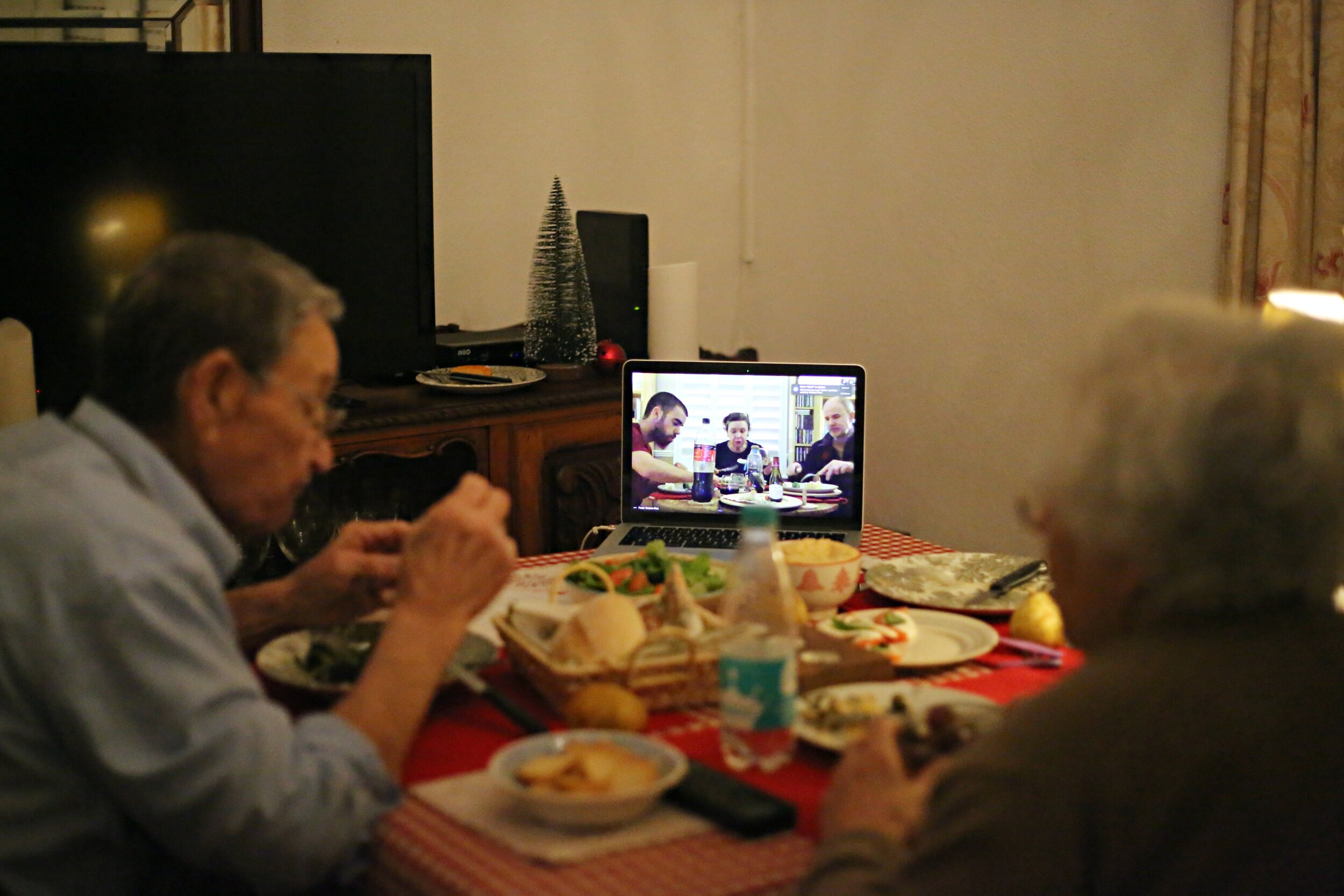2-Ingredient Crêpes, 1:3 Method.
Since having written my cookbook, two years ago now, I’ve learnt lots more and have advanced this recipe to be even simpler. My crêpe recipe (in my book listed as ‘Thin Pancakes’) is now as simple as possible. Focusing more on the skill of cooking, this recipe does just that. It’s easy to remember, focuses on the ratio between ingredients to make the food, can be used with any quantity of flour and makes a very versatile crêpe.
Song suggestions:
Woman: Doja Cat
Wild Blue - John Mayer
Notes:
Plain flour is desirable but if you only have self-raising that’s absolutely fine! They’ll have a very slight sponge to them but no changes in flavour or crêpe-ness.
The 1:3 Method
So how does the 1:3 method work?
Well, point number 1: it works in terms of weight, not volume. No using cups here, it’s all about the grams!
Secondly: you take the weight you have in flour (1) and triple its weight to get the milk quantity (3).
So, for example: 100g flour to 300g milk. For reference, 150g flour to 450g milk makes 6-8 crêpes. And that’s it, folks!
Ingredients:
Flour
Milk
Pinch of cinnamon/splash of vanilla extract (optional)
Recipe:
Place a measuring jug on a scale and set to 0. Weigh out the quantity of flour you have to use.
Do some quick maths: triple it to get the weight of the milk you need.
Blend the flour and milk together to get a smooth batter.
Ideally, rest for a minimum of 30 minutes (optional, but desirable - explanation below. You’ll still get crêpes you can drown in fruit and syrups without doing this!)
Lightly oil a pan (pour some oil on and either brush it across or use a scrunched up piece of kitchen roll to spread it).
Add some crêpe batter to the pan and ensure it’s evenly covering the surface.
Cook on a medium to low heat. The edges will start to crisp and peel away from the edges - time to flip!
Repeat until all the batter is gone. Serve with a serious overdose of Biscoff (always).
To Chill or Not To Chill?
When reading recipes for crêpe batters, you’ll see some will ask to chill and some won’t. So what does it do, and should you chill it or not bother? Well, it depends. If you’re short on time and really just fancy some crêpes, don’t bother. You’ll still get nice crêpes that you can enjoy in the moment, but they would turn out better if it was chilled. Now, we don’t always have to strive for excellence (sometimes it being ‘good enough’ will do!), but if you do have the time I recommend chilling it. In my house I have the routine of making pancakes every Sunday morning, so I take just 5 minutes every Saturday evening to quickly blitz up a batter and let it sit in the fridge overnight.
The Science Stuff
Gluten is a protein naturally found in grains like wheat. It adds a stretchy element to food (think of a pizza base, without the gluten to allow that stretch it would just tear) and in the context of crêpes, if not relaxed, has the potential to make the texture slightly rubbery.
Flour is basically just ground wheat, so lotssss of gluten. If you rest your crêpe batter, and allow the gluten protein to relax, the flour fully absorbs the liquid and results in much softer (less rubbery) crêpes.
Below, I put it to the test. I made a batch of batter, cooked some straight away (left) and put the rest in the fridge for half an hour before cooking (right). Whilst you can definitely still eat the ones on the left, the difference is quite clear! The ones on the right do just look a lot more ‘crêpe-y’.
Not chilled batter.
Chilled batter.
A Bite Out of Life
A Merry Covid Christmas…
Christmas 2020 was spent as a family, but not in a way like ever before. Two weeks before Christmas 2020, I flew out to Portugal for a family emergency and ended up catching Christmas in the midst of my stay. I was away from my parents and brother, but with my grandparents! I cooked them a traditional British roast dinner for Christmas lunch (which they loved!) and at dinner we ‘sat down’ with my parents and my brother to eat Christmas dinner together via Zoom. You win some, you lose some: my parents and brother lost me but my grandparents gained me, which in the middle of a year like covid was (in their words) “their biggest blessing and better than any present” to be able to spend Christmas with someone from our family. It would otherwise have just been them two; even though it was different, it was hugely memorable.







